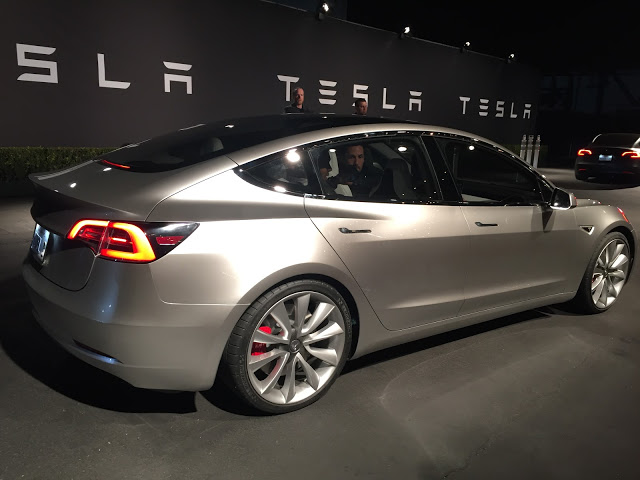

Energy
Tesla Model 3 battery options to top out at 75 kWh with likely 300+ mi. range
Tesla CEO Elon Musk has revealed that Model 3 battery options will max out at 75 kWh due to the vehicle’s shorter wheelbase, relative to the larger Model S and Model X which can accommodate up to a 100 kWh battery pack size.
The highly anticipated mass market electric car will be using Tesla’s newest high performance ‘2170 cell’ that’s currently being produced at Gigafactory 1 in Sparks, Nevada, and being used in Tesla’s Powerpack and Powerwall energy storage systems. Beyond having a larger form factor than the existing 18650 battery cell being used in Tesla’s existing vehicle fleet, the 2170 lithium-ion cell that boasts a higher energy density by as much as 30%.
ALSO SEE: Tesla Gigafactory 1 is beginning to look like a small city [Mar. 2017 photos]
Though Tesla has not specified the maximum driving range for Model 3, one can expect that a “Model 3 75D” would have a range higher than the heavier and larger Model S with 75 kWh pack. Looking at the Model S 60 which is capable of 210 miles of range, or .285 kWh/mile, one can assume that a smaller and lighter Model 3 would consume roughly .242 kWh/mile. Based on that estimate, a rear wheel drive Model 3 with 75 kWh battery pack will top out at 310 miles of range per charge. By comparison, the Chevy Bolt has a 60 kWh battery pack and is capable of achieving 240 miles of driving range, or .250 kWh/mile.
The shorter wheelbase only allows for a 75 kWh pack in Model 3 at current cell/module energy densities
— Elon Musk (@elonmusk) March 24, 2017
Model 3 to lead Chevy bolt with more range
It’s worth noting that the Chevy Bolt has a much higher drag coefficient than the Tesla Model S, which shares a similar aerodynamic design as the Model 3. The Bolt’s drag coefficient is .32 while the Model S has a drag coefficient of .24.
The lead designer of the Chevy Bolt, Stuart Norris, claims, “It’s a disaster for aero(dynamics)”, according to Digital Trends. The Model 3 on the other hand, has a very fluid design and will undoubtedly out-class the Chevy Bolt in aerodynamics and range. The more efficient Model 3 will allow the vehicle to have less battery for the same range.
Oh so little faith
— Elon Musk (@elonmusk) March 24, 2017
Musk later stated that the Model 3 would offer more range than the Chevy Bolt, which we are not surprised by. Musk also claims that cars like the Chevy Bolt are sold at a loss and help the manufacturer comply with emission requirements. While Tesla does generate revenue from emissions credits, they aren’t considered to be stable sources of income.
“What you will see our competitors do is they will limit their production, and they will only sell in ZEV states or almost entirely in ZEV states. That doesn’t scale. That will take them to maybe 40,000 units or 50,000 units a year, best case, but we’re talking about doing 500,000 units a year.” – Elon Musk Q3 Earnings Call
Musk tweeted a video showing a Model 3 release candidate driving down a local street today. The company says it’s on track to begin production of Model 3 in July. Tesla is expected to throw a Model 3 ‘Part 3’ launch event sometime in June ahead of planned production.

Energy
Tesla Energy had a blockbuster 2024

Tesla Energy has become the undisputed dark horse of the electric vehicle maker. This was highlighted by Tesla Energy’s growing role in the company’s overall operations in the past quarters.
And as per Tesla’s year-end milestone posts on X, Tesla Energy had a blockbuster 2024.
Tesla Energy’s 2024 milestones:
- As per Tesla on its official social media account on X, the company has hit over 800,000 Powerwalls installed worldwide.
- From this number, over 100,000 Powerwall batteries have been enrolled in virtual power plant (VPP) programs.
- The Powerwall 3 has officially been launched in the United States, Canada, Puerto Rico, the U.K., Germany, Italy, Australia, and New Zealand.
- The Tesla Megapack hit over 22 GWh in operation across more than 60 countries across the globe.
- The Lathrop Megafactory, which produces the Megapack, has been ramped to 40 GWh per year.
- The Lathrop Megafactory has also produced its 10,000th Megapack battery.
- The Shanghai Megafactory was completed in just seven months, and it is ready to start Megapack production in Q1 2025.
Hit 800k Powerwalls installed worldwide
— Tesla (@Tesla) December 31, 2024
Also:
– Over 100k Powerwalls are now enrolled in VPP programs
– Launched Powerwall 3 in the US, Canada, Puerto Rico, UK, Germany, Italy, Australia & New Zealand
– Megapack hit 22+ GWh in operation across 60+ countries
– Ramped… pic.twitter.com/bE88DpeyTg
Powerwall owners’ 2024 impact:
- As per Tesla Energy, Powerwall owners generated a total of 4.5 TWh of solar energy globally in 2024. This was equivalent to powering a Model 3 for more than 17 billion miles.
- A total of 1.1 TWh of energy was stored in Powerwalls in 2024. This protected homes from over 5.8 million outages during the year.
- Tesla’s Storm Watch feature for Powerwall batteries covered 2.8 million severe weather events over the year.
- Powerwall owners saw collective savings of over $800 million on utility bills.
- Virtual Power Plants contributed over 2.2 GWh of power to the grid. This reduced the need for 2,200 metric tons of fossil fuel peaker plant emissions.
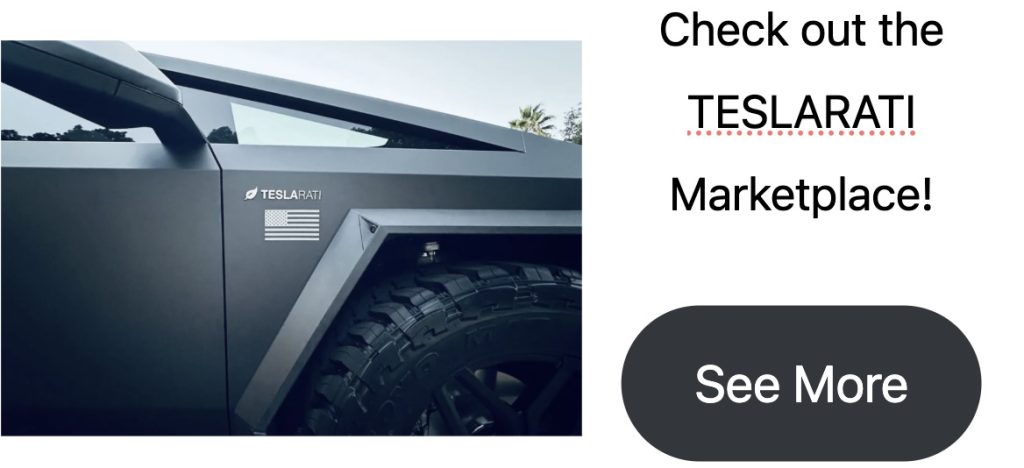

Don’t hesitate to contact us with news tips. Just send a message to simon@teslarati.com to give us a heads up.
Energy
Utah’s rPlus Energies breaks ground on Tesla Megapack battery system
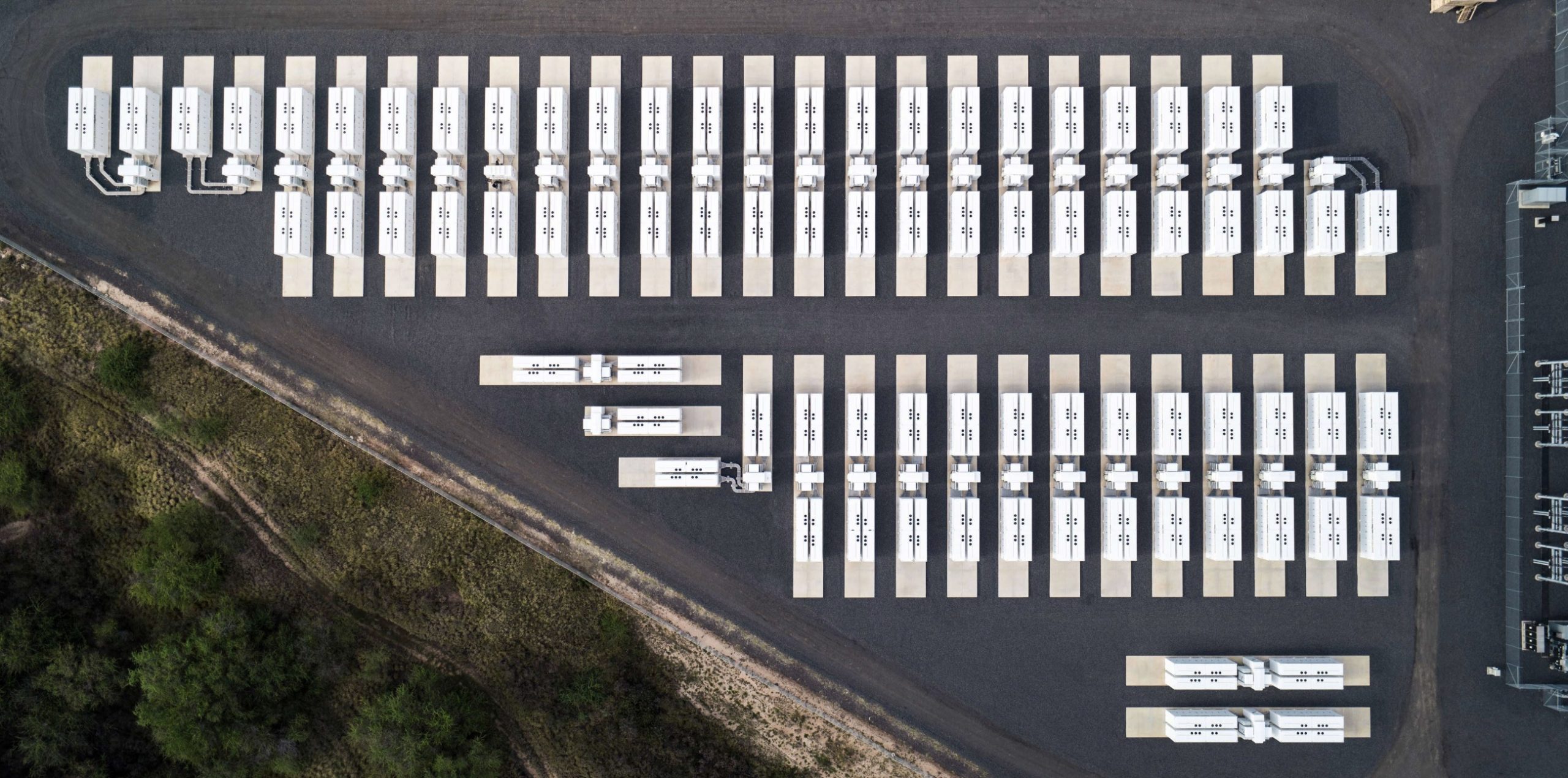
Utah-based rPlus Energies recently held the groundbreaking ceremony for the Green River Energy Center, a 400 MW solar PV and 400 MW/1,600 MWh battery storage project in Eastern Utah. Tesla Megapacks will be used as the upcoming facility’s battery storage solution.
At 400 MW/1,600 MWh, the Green River Energy Center is expected to become one of the largest solar-plus-storage projects under development in the United States. Once operational, the facility would supply power to PacifiCorp under a power purchase agreement, as noted in a press release.
Utah Gov. Spencer Cox shared his excitement for the project during the Green River Energy Center’s groundbreaking event. As per the Utah Governor, the solar and battery storage system represents a notable step forward for the state’s sustainable energy efforts.
NEWS: rPlus Energy has just broken ground on a new $362 million @Tesla Megapack battery energy storage system in Utah.
This 400 MW solar PV and 400 MW/1,600 MWh battery storage project is one of the largest solar-plus-storage projects under construction in the nation. The entire… pic.twitter.com/ubPOUnPWEf— Sawyer Merritt (@SawyerMerritt) September 24, 2024
“This project is being built in rural Utah, by rural Utahns, and for all of Utah. When rural Utah thrives, the entire state prospers. Today, we’re not just breaking ground—we’re building a future of affordable, abundant energy in Utah,” the official noted.
The Green River Energy Center secured over $1 billion in construction debt financing earlier this year. The facility is also expected to create about 500 jobs, many of which will be filled by local workers. With this in mind, the solar and battery farm would likely prove to be a boost to Emery County’s economy, enhancing tax revenue, strengthening public services, and offering long-term employment opportunities for the area’s residents.
Sundt Construction will serve as the project’s contractor, EliTe Solar will supply the solar modules, and Tesla will provide the battery storage system for the project. Luigi Resta, President and CEO of rPlus Energies, noted that the Green River Energy Center is special because of the entities that have worked together to make the facility a reality.
“It’s the partners that make this project special, that have made this monumental project possible. From our equipment providers to the onsite talent, and the support of the local and regional community, we owe this project’s success to each of you,” he stated.
Don’t hesitate to contact us with news tips. Just send a message to simon@teslarati.com to give us a heads up.
Energy
Tesla Energy loses director who brought Autobidder
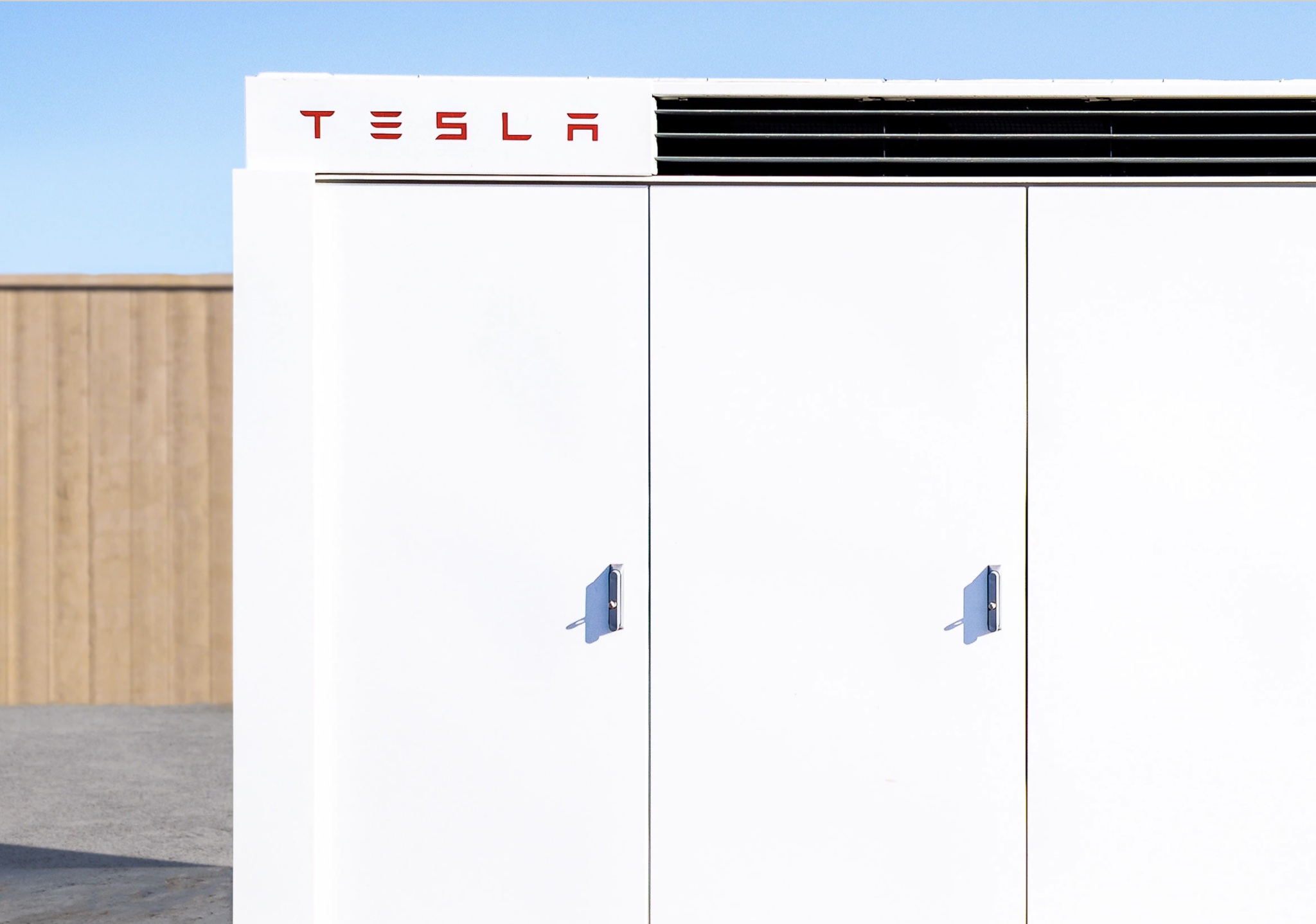
Tesla Energy is losing a director who brought Autobidder, a real-time trading and control platform that provides value-based asset management and portfolio optimization, to the company.
Rohan Ma, who has been at Tesla for just under eight years, announced he would depart the company on LinkedIn, aiming to take on a new opportunity elsewhere.
Ma posted:
“After eight years at Tesla, this will be my last week. It was a ride of a lifetime! Today, Tesla Energy is thriving and I can confidently say it’s in the best position it has ever been in to drive impact toward the original mission I signed up for. I’m proud to have contributed over the years to where it is now, and will be cheering the team on from the sidelines as they carry the torch forward and continue to relentlessly solve problems at the frontier of the energy transition.”
Ma started as the Senior Manager of Energy Optimization at Tesla back in November 2016. After four-and-a-half years at the position, he then moved on to a new role as the Director of Energy and Software Optimization. He has been in that role for over three years.
The exit of Ma is the latest in Tesla’s tough year in terms of losing high-level employees.
Earlier this year, as a part of widespread layoffs, Tesla eliminated up to 20 percent of its workforce and people like Rebecca Tinucci, who was the company’s Senior Director of EV Charging.
Tesla also lost Rohan Patel, Vice President of Global Public Policy and Business Development, and Martin Viecha, who was Head of Investor Relations, are just a few notables to depart.
Autobidder
Tesla’s Autobidder platform helps owners and operators make money by autonomously monetizing battery assets. It is a real-time trading and control platform that maximizes revenue according to business objectives and risk preferences.
Tesla Megapack, Autobidder to be deployed in big battery project in Queensland
Autobidder already has hundreds of megawatt-hours under management and continues to scale. It is hosted on Tesla’s secure cloud infrastructure that is engineered to handle large and complex computations.
Without Ma’s expertise, Autobidder would likely not be involved in Tesla’s Energy division at all, and although it is not frequently discussed, it is still a major part of the business’s growth over the past several years.
I’d love to hear from you! If you have any comments, concerns, or questions, please email me at joey@teslarati.com. You can also reach me on Twitter @KlenderJoey, or if you have news tips, you can email us at tips@teslarati.com.
-
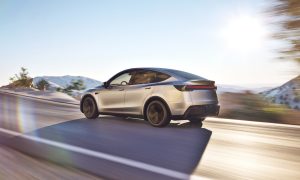
 Elon Musk1 day ago
Elon Musk1 day agoTesla mulls adding a new feature to fight off vandals as anti-Musk protests increase
-

 News7 hours ago
News7 hours agoTesla launches fresh U.S. promotions for the Model 3
-
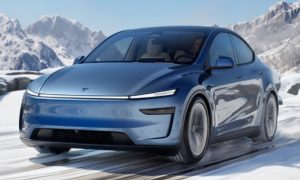
 News2 days ago
News2 days agoTesla’s lead designer weighs in on plans for these two Model Y colors
-
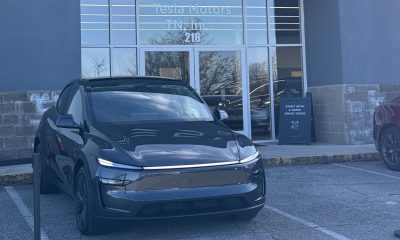
 News1 day ago
News1 day agoTesla starts Model Y ‘Launch Edition’ deliveries in the U.S.
-
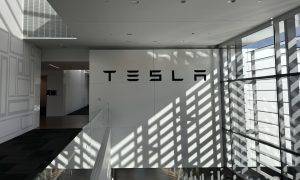
 News2 days ago
News2 days agoTesla design head reflects on over 16 years with the company
-
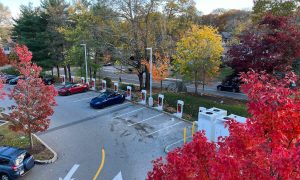
 News3 days ago
News3 days agoTesla launches 100+ Supercharger partnership with this fast food chain
-
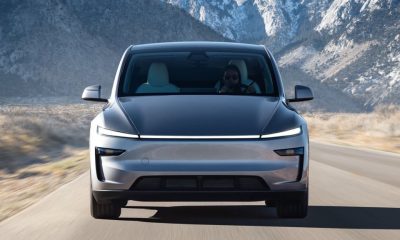
 Elon Musk1 day ago
Elon Musk1 day agoTesla gaining with Republicans as it loses traction with Democrats: Stifel
-

 News1 day ago
News1 day agoAnti Elon Musk protester attacks Polestar after mistaking it for a Tesla




